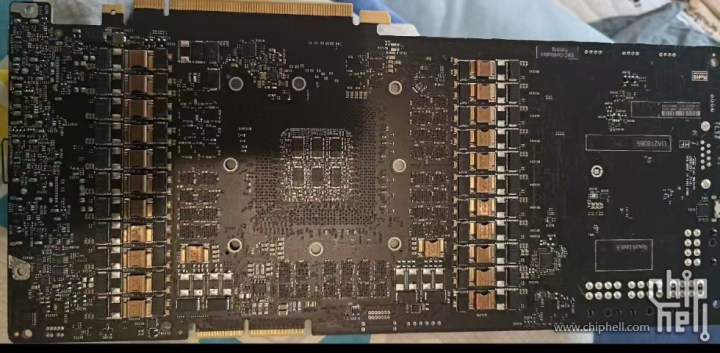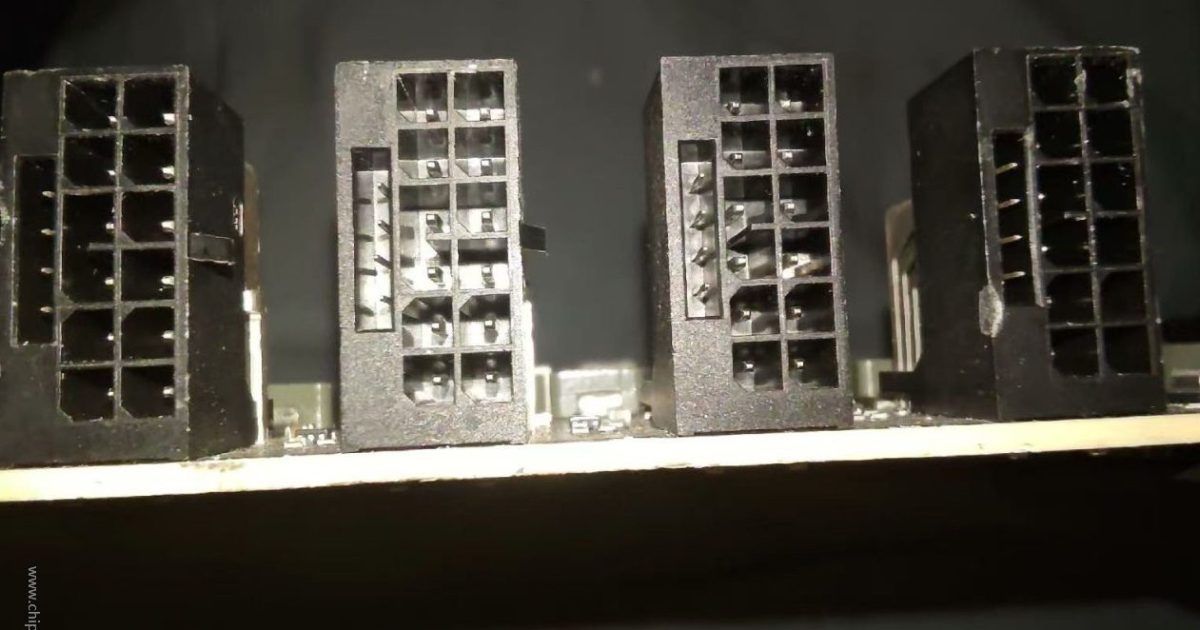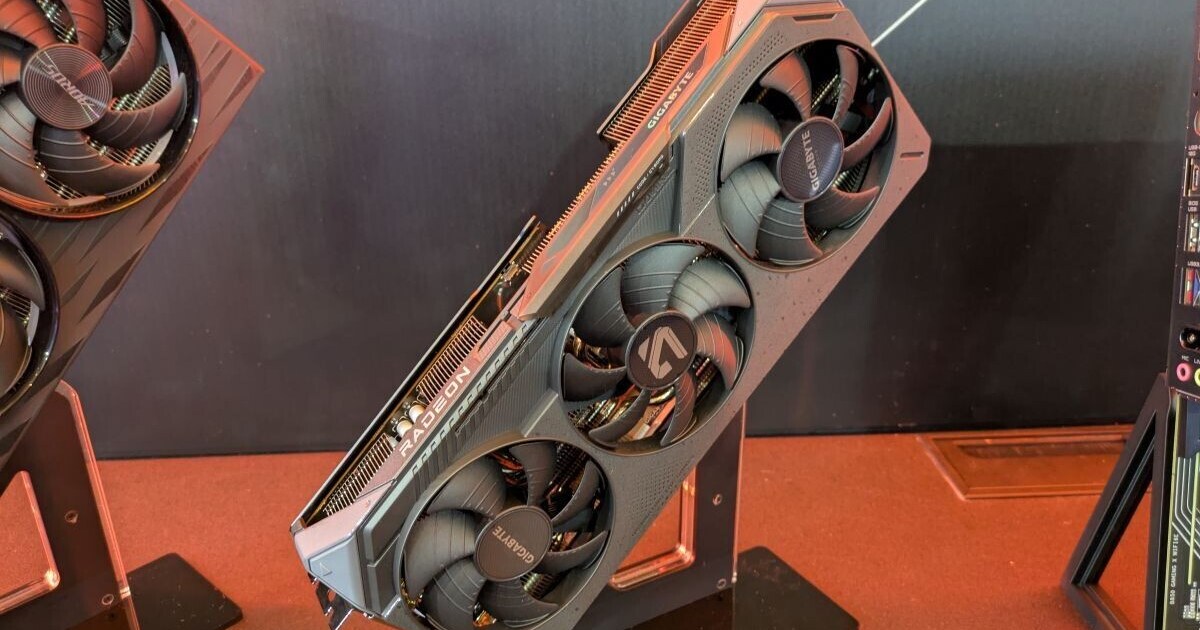Nvidia’s graphics cards are known for their high power consumption, but recently leaked prototypes suggest the company explored even more power-hungry designs. Images shared on the Chiphell forums showcase engineering samples ranging from the GTX 10 series to the RTX 4090, and even hint at an RTX 5090 prototype with up to four 16-pin power connectors.
 An RTX 4090 prototype with four 16-pin power connectors.
An RTX 4090 prototype with four 16-pin power connectors.
The most striking prototype is the AD102 (RTX 4090) board featuring four 16-pin (12VHPWR) connectors and a 45-phase power delivery. Each 12VHPWR connector can deliver up to 600 watts, meaning this prototype could theoretically draw a staggering 2,400 watts. This far exceeds the power consumption of even the most demanding gaming PCs and surpasses the capacity of current power supplies. Such a design suggests Nvidia explored significantly higher power targets, possibly for a rumored Titan GPU within the Ada Lovelace generation.
Exploring Past and Future Power Consumption
While the four-connector design seems excessive, it provides insight into Nvidia’s exploration of power limits. Even the most power-hungry consumer GPUs, typically overclocked variants from Nvidia’s board partners, have only utilized two 12VHPWR connectors. Given the reported issues with melting 12VHPWR connectors, even on the RTX 5090, four connectors seem impractical and unlikely for a consumer product.
 A GA102 Ampere prototype with four 8-pin connectors.
A GA102 Ampere prototype with four 8-pin connectors.
The leaked prototypes also include older models. Ampere generation boards, such as the GA102 with four 8-pin connectors and the GA104 with three, highlight Nvidia’s experimentation with various power delivery configurations. While Ampere cards ultimately used 12-pin connectors, these prototypes reveal alternative designs considered during development.
The Reality of Prototypes
It’s important to remember these are prototypes, not final products. While they appear genuine, their origin isn’t directly from Nvidia. Nevertheless, assuming their authenticity, they offer a glimpse into Nvidia’s research and development process, including the exploration of a potential 2,400-watt GPU. Ultimately, it seems these extreme power designs were abandoned, likely due to practical limitations and safety concerns.
While a 2,400-watt GPU remains unlikely, these prototypes offer valuable insight into Nvidia’s pursuit of performance and the challenges of managing extreme power consumption in high-end graphics cards. The future of GPU power delivery will likely involve balancing performance gains with practical considerations like connector reliability and power supply capabilities.











